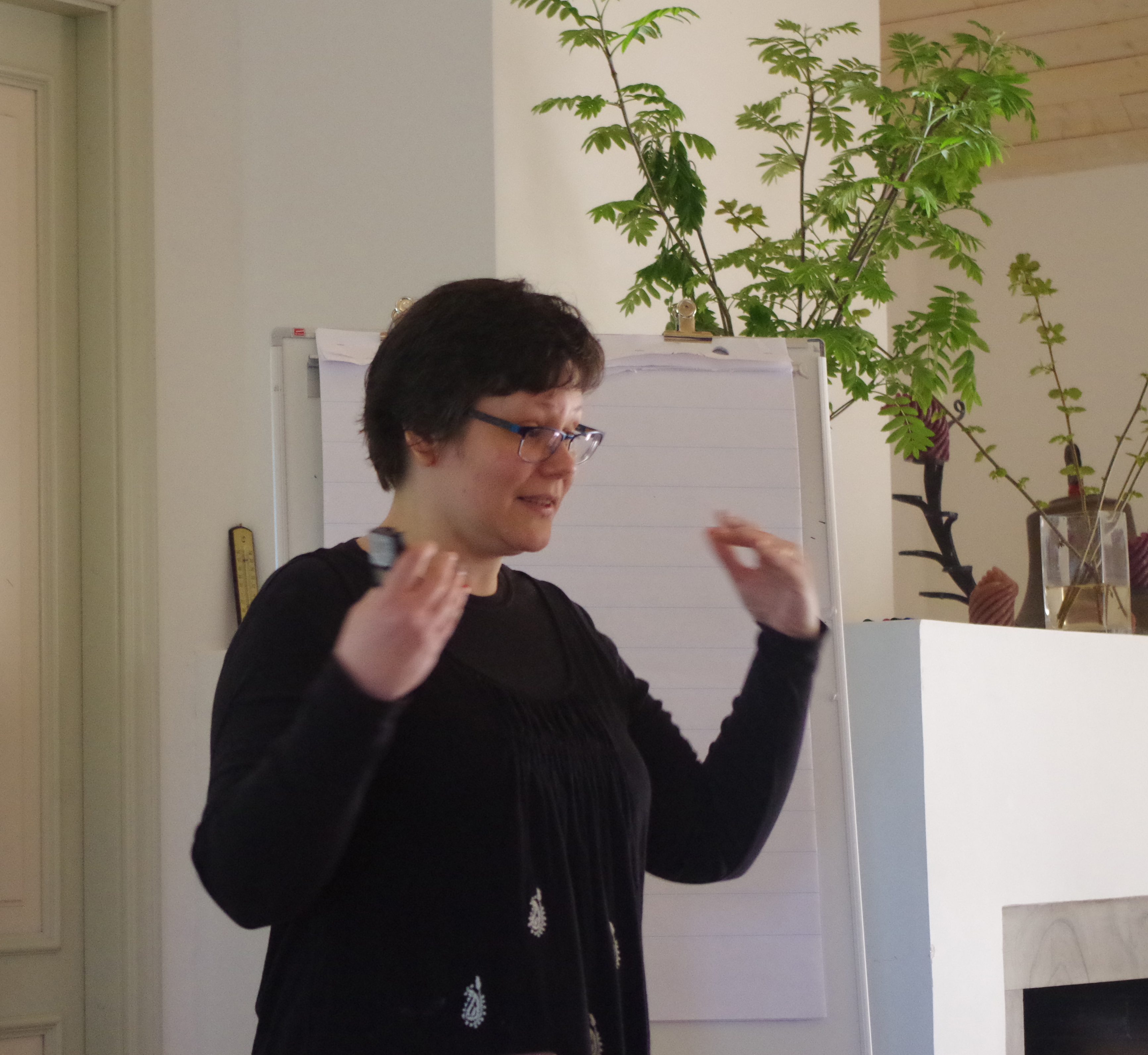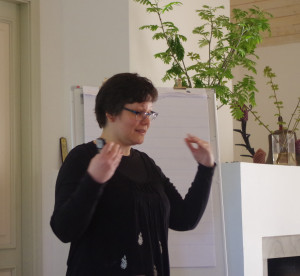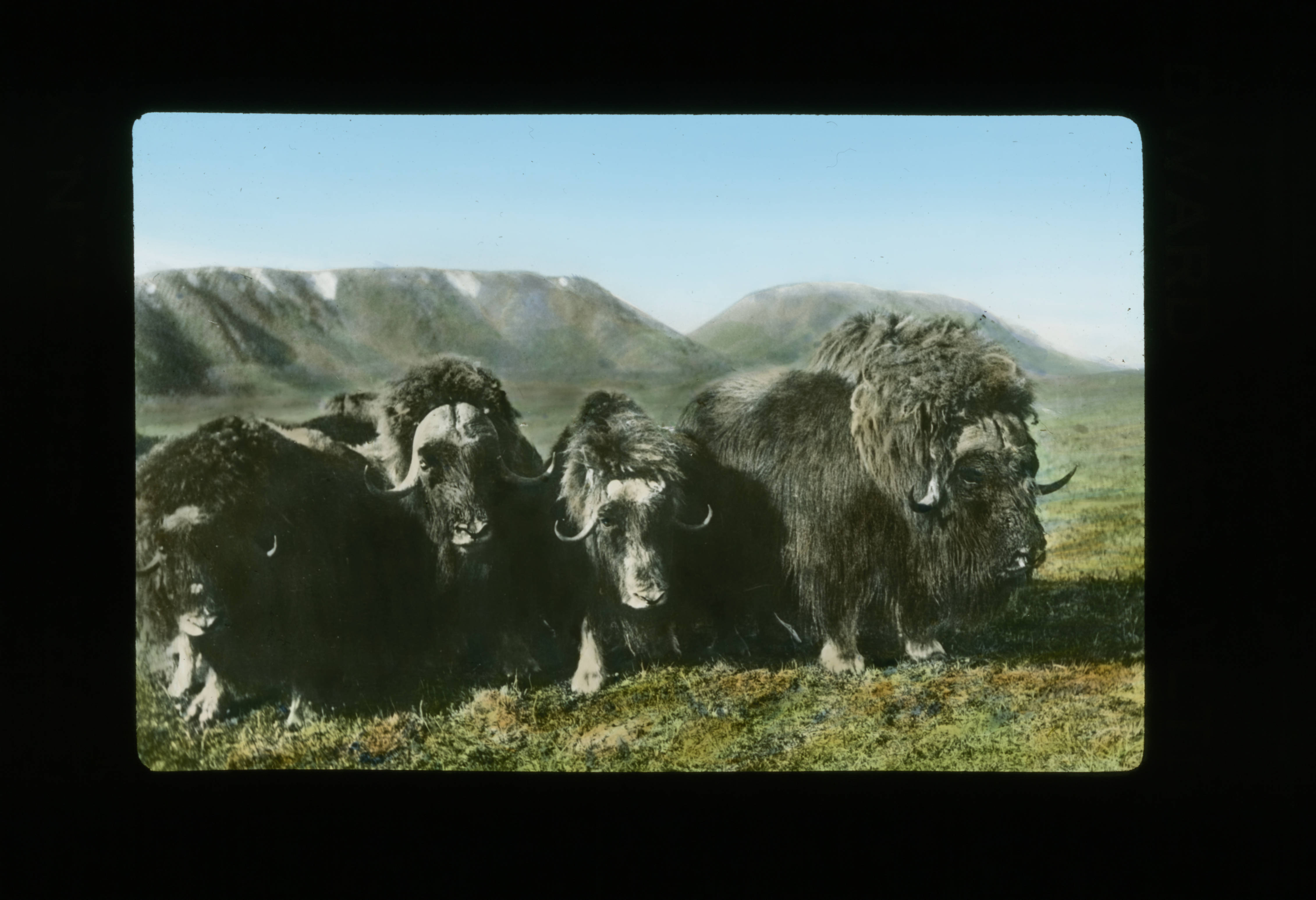
Opening up the source box
This week I was at the graduate seminar “Animals in Transdisciplinary Environmental History” held in Tuuru Village, Läänemaa, Estonia. The three-day event brought together a wide variety of PhD students and recent graduates working on animals based in disciplines we could categorise as environmental humanities: historians, semioticians, ethnographers, anthropologists, archeologists, cultural geographers, and literary scholars. The big goal of the seminar was to expose the students to the various approaches to ‘historical’ work from all of these different starting points.

In the closing sessions which included reflections on the seminar, I remarked that each student’s work had been very solidly grounded in their ‘home’ discipline, particularly when it came to source choices. The historians had analysed archival texts, the literary scholars had focused on published texts, the ethnographers had written about their participant observation, etc. While this was all good stuff, I wanted more.
So I encouraged them to “open up the source box”. In other words, instead of sticking to the source types at the centre of their discipline, I want them to incorporate other source types that also spoke to their projects. Andy Flack, for example, presented a great paper on the earliest drive-through safari park, Longleat in Britain. In his paper, he had shown a couple of advertisements, but he had only used them to talk about the text included on the ad. I challenged him to think about the imagery as well. Anna Mossolova showed us some fabulous Yup’ik masks and analysed their iconography, but I challenged her to use historical writings to situate the mask-making in the 1930s period when they were made. Amir Zelinger could stretch his historical material about keeping wild pets in Imperial Germany to consider from a semiotic point of view how the animals might have seen these supposedly ‘natural’ habitats constructed on their behalf. I could make similar comments about each and every one of the papers presented.
Reflecting on my own work on “Return of Native Nordic Fauna”, I see how I actively (though perhaps unconsciously) have been expanding on the typical historians source box. I have thought about the material effect of real boxes on real animals; images shown on school posters; and the connections between contemporary art and environmental history. I’ve explored the visual narratives of natural history museum displays of muskox, beavers, pigeons, and more. I’ve gone on muskox safaris and beaver safaris to experience the way reintroduction is constructed for tourists, and visited current reintroduction sites of the white-backed woodpecker. These are all key activities that have shaped the way I think about animal reintroduction, human ideas of belonging, and human-animal interactions. They are no less important than the letters in the archives, the government documents, or the scientific reports. And I realize that sometimes it is easy for me to slip into the ‘standard’ way of writing history based on textual sources alone–so I need to actively resist it.
To me, transdisciplinarity is not just about crossing borders; it is about pushing past border-thinking. For a historian, that means reading beyond the text to reading the world.




